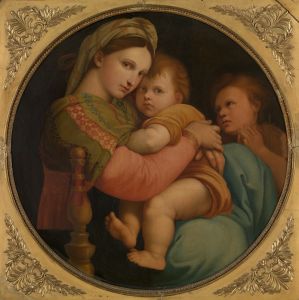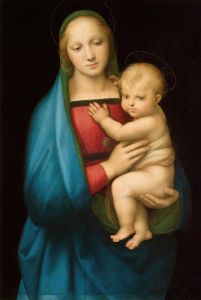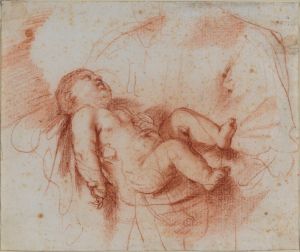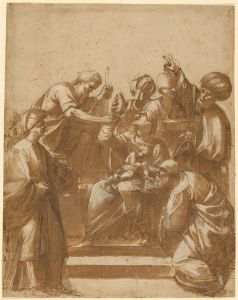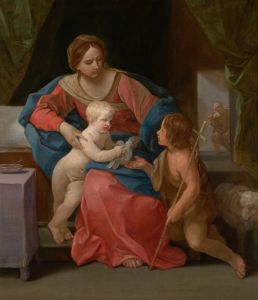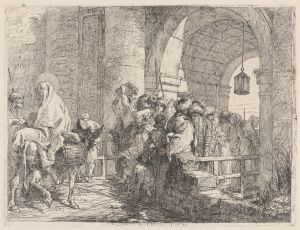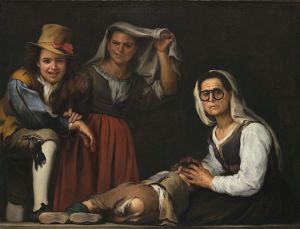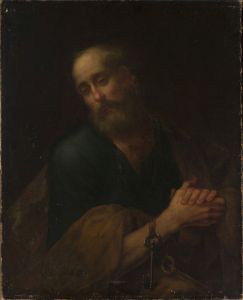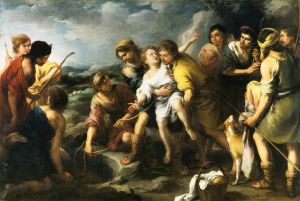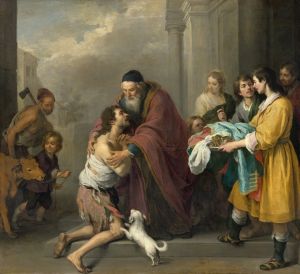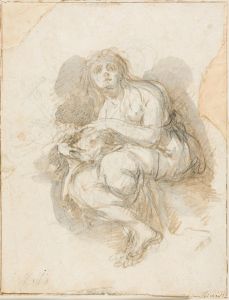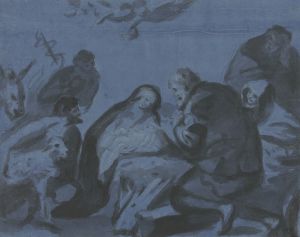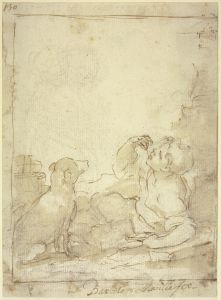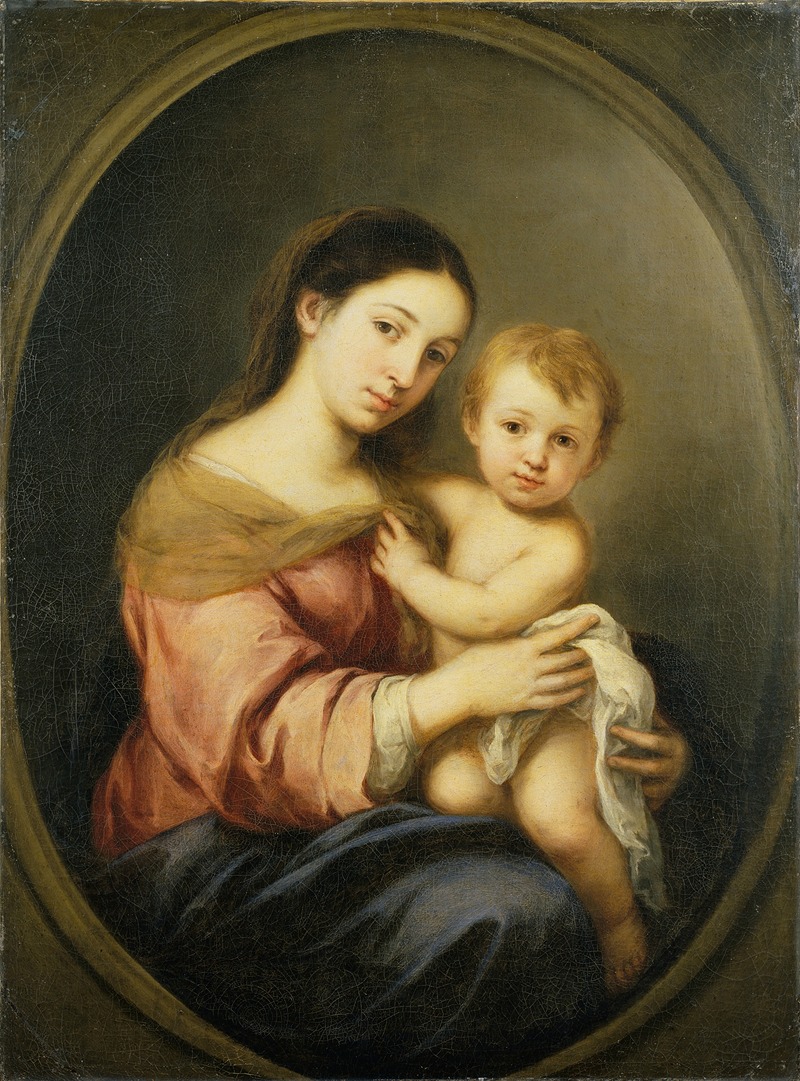
The Virgin and Child
A hand-painted replica of Bartolomé Estebán Murillo’s masterpiece The Virgin and Child, meticulously crafted by professional artists to capture the true essence of the original. Each piece is created with museum-quality canvas and rare mineral pigments, carefully painted by experienced artists with delicate brushstrokes and rich, layered colors to perfectly recreate the texture of the original artwork. Unlike machine-printed reproductions, this hand-painted version brings the painting to life, infused with the artist’s emotions and skill in every stroke. Whether for personal collection or home decoration, it instantly elevates the artistic atmosphere of any space.
"The Virgin and Child" is a painting by the Spanish Baroque artist Bartolomé Estebán Murillo. Murillo, born in Seville in 1617, is renowned for his religious works, which often depict serene and tender scenes of the Virgin Mary and the Christ Child. This particular painting exemplifies Murillo's skill in conveying warmth and intimacy through his use of soft lighting, delicate color palettes, and gentle expressions.
The painting portrays the Virgin Mary holding the infant Jesus in her arms. Mary is depicted with a serene and loving expression, her eyes gently gazing down at her child. She is often shown wearing a blue mantle, symbolizing her purity and heavenly grace, over a red dress, which represents her humanity and maternal love. The Christ Child is typically depicted with a cherubic face, embodying innocence and divinity. He may be shown reaching out towards his mother or holding a symbolic object, such as a small bird or a fruit, which can carry theological significance.
Murillo's technique in "The Virgin and Child" is characterized by his masterful use of chiaroscuro, the contrast between light and dark, to create a sense of depth and volume. The soft, diffused light bathes the figures, enhancing their three-dimensionality and imbuing the scene with a gentle, almost ethereal quality. This use of light also serves to highlight the tender interaction between mother and child, drawing the viewer's attention to their faces and the emotional connection they share.
The background of the painting is typically kept simple and unobtrusive, often consisting of a dark, neutral tone that further accentuates the figures in the foreground. This compositional choice helps to focus the viewer's attention on the central theme of maternal love and divine grace.
Murillo's "The Virgin and Child" reflects the artist's deep religious faith and his ability to convey complex theological concepts through accessible and emotionally resonant imagery. His works were highly popular during his lifetime and continue to be celebrated for their beauty and spiritual depth. Murillo's influence extended beyond Spain, impacting artists throughout Europe and the Americas.
The painting is part of a broader tradition of Marian art in the Catholic Church, which venerates the Virgin Mary as the mother of Jesus Christ and a central figure in Christian theology. Murillo's depiction of the Virgin and Child aligns with the Counter-Reformation's emphasis on the human and approachable aspects of religious figures, aiming to inspire devotion and piety among the faithful.
"The Virgin and Child" by Bartolomé Estebán Murillo remains an enduring testament to the artist's skill and his ability to capture the profound bond between mother and child, a theme that resonates across cultures and centuries. The painting is housed in various collections, with notable examples found in major museums and galleries around the world, where it continues to be admired by art lovers and scholars alike.





